SMAJ180 TVS Diode:Datasheet, Features, CAD Model
TVS DIODE 180V 306.6V DO214AC
The SMAJ180 comes from The SMAJ series. This article will unlock more details about SMAJ180.
SMAJ180 Image

SMAJ180 Image
SMAJ180 CAD Model
Symbol

SMAJ180 Symbol
Footprint
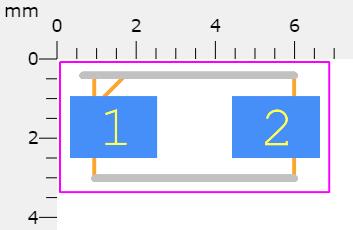
SMAJ180 Footprint
3D Model
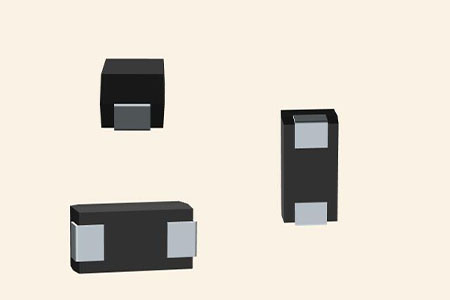
SAMJ180 3D Model
SMAJ180 Description
The SMAJ180 comes from the SMAJ series, a transient voltage suppression diode, which is designed specifically to protect sensitive electronic equipment from voltage transients induced by lightning and other transient voltage events.
Specifications
- TypeParameter
- Factory Lead Time18 Weeks
- Mount
In electronic components, the term "Mount" typically refers to the method or process of physically attaching or fixing a component onto a circuit board or other electronic device. This can involve soldering, adhesive bonding, or other techniques to secure the component in place. The mounting process is crucial for ensuring proper electrical connections and mechanical stability within the electronic system. Different components may have specific mounting requirements based on their size, shape, and function, and manufacturers provide guidelines for proper mounting procedures to ensure optimal performance and reliability of the electronic device.
Surface Mount - Mounting Type
The "Mounting Type" in electronic components refers to the method used to attach or connect a component to a circuit board or other substrate, such as through-hole, surface-mount, or panel mount.
Surface Mount - Package / Case
refers to the protective housing that encases an electronic component, providing mechanical support, electrical connections, and thermal management.
DO-214AC, SMA - Supplier Device Package
The parameter "Supplier Device Package" in electronic components refers to the physical packaging or housing of the component as provided by the supplier. It specifies the form factor, dimensions, and layout of the component, which are crucial for compatibility and integration into electronic circuits and systems. The supplier device package information typically includes details such as the package type (e.g., DIP, SOP, QFN), number of pins, pitch, and overall size, allowing engineers and designers to select the appropriate component for their specific application requirements. Understanding the supplier device package is essential for proper component selection, placement, and soldering during the manufacturing process to ensure optimal performance and reliability of the electronic system.
DO-214AC (SMA) - Breakdown Voltage / V201V
- Reverse Stand-off Voltage180V
- Operating Temperature
The operating temperature is the range of ambient temperature within which a power supply, or any other electrical equipment, operate in. This ranges from a minimum operating temperature, to a peak or maximum operating temperature, outside which, the power supply may fail.
-65°C~150°C TJ - Packaging
Semiconductor package is a carrier / shell used to contain and cover one or more semiconductor components or integrated circuits. The material of the shell can be metal, plastic, glass or ceramic.
Tape & Reel (TR) - Series
In electronic components, the "Series" refers to a group of products that share similar characteristics, designs, or functionalities, often produced by the same manufacturer. These components within a series typically have common specifications but may vary in terms of voltage, power, or packaging to meet different application needs. The series name helps identify and differentiate between various product lines within a manufacturer's catalog.
SMAJ - Published2005
- Part Status
Parts can have many statuses as they progress through the configuration, analysis, review, and approval stages.
Active - Moisture Sensitivity Level (MSL)
Moisture Sensitivity Level (MSL) is a standardized rating that indicates the susceptibility of electronic components, particularly semiconductors, to moisture-induced damage during storage and the soldering process, defining the allowable exposure time to ambient conditions before they require special handling or baking to prevent failures
1 (Unlimited) - Termination
Termination in electronic components refers to the practice of matching the impedance of a circuit to prevent signal reflections and ensure maximum power transfer. It involves the use of resistors or other components at the end of transmission lines or connections. Proper termination is crucial in high-frequency applications to maintain signal integrity and reduce noise.
SMD/SMT - TypeZener
- Max Operating Temperature
The Maximum Operating Temperature is the maximum body temperature at which the thermistor is designed to operate for extended periods of time with acceptable stability of its electrical characteristics.
150°C - Min Operating Temperature
The "Min Operating Temperature" parameter in electronic components refers to the lowest temperature at which the component is designed to operate effectively and reliably. This parameter is crucial for ensuring the proper functioning and longevity of the component, as operating below this temperature may lead to performance issues or even damage. Manufacturers specify the minimum operating temperature to provide guidance to users on the environmental conditions in which the component can safely operate. It is important to adhere to this parameter to prevent malfunctions and ensure the overall reliability of the electronic system.
-55°C - Composition
Parameter "Composition" in electronic components refers to the specific materials and substances used in the construction of the component. It encompasses the chemical and physical elements that make up the component, influencing its electrical, thermal, and mechanical properties. The composition can affect the performance, reliability, and durability of the component in various applications. Understanding the composition is essential for optimizing the design and functionality of electronic devices.
Zener - Applications
The parameter "Applications" in electronic components refers to the specific uses or functions for which a component is designed. It encompasses various fields such as consumer electronics, industrial automation, telecommunications, automotive, and medical devices. Understanding the applications helps in selecting the right components for a particular design based on performance, reliability, and compatibility requirements. This parameter also guides manufacturers in targeting their products to relevant markets and customer needs.
General Purpose - Power Rating
The "Power Rating" of an electronic component refers to the maximum amount of power that the component can handle or dissipate without being damaged. It is typically measured in watts and is an important specification to consider when designing or selecting components for a circuit. Exceeding the power rating of a component can lead to overheating, malfunction, or even permanent damage. It is crucial to ensure that the power rating of each component in a circuit is sufficient to handle the power levels expected during normal operation to maintain the reliability and longevity of the electronic system.
400W - Voltage - Rated DC
Voltage - Rated DC is a parameter that specifies the maximum direct current (DC) voltage that an electronic component can safely handle without being damaged. This rating is crucial for ensuring the proper functioning and longevity of the component in a circuit. Exceeding the rated DC voltage can lead to overheating, breakdown, or even permanent damage to the component. It is important to carefully consider this parameter when designing or selecting components for a circuit to prevent any potential issues related to voltage overload.
180V - Operating Supply Voltage
The voltage level by which an electrical system is designated and to which certain operating characteristics of the system are related.
180V - Polarity
In electronic components, polarity refers to the orientation or direction in which the component must be connected in a circuit to function properly. Components such as diodes, capacitors, and LEDs have polarity markings to indicate which terminal should be connected to the positive or negative side of the circuit. Connecting a component with incorrect polarity can lead to malfunction or damage. It is important to pay attention to polarity markings and follow the manufacturer's instructions to ensure proper operation of electronic components.
Unidirectional - Number of Channels1
- Power Line Protection
During fault, the only circuit breaker closest to the fault point should be tripped. The operating time of relay associated with protection of line should be as minimum as possible in order to prevent unnecessary tripping of circuit breakers associated with other healthy parts of power system.
No - Voltage - Breakdown (Min)
Voltage - Breakdown (Min) is a parameter used to specify the minimum voltage level at which an electronic component, such as a diode or capacitor, will break down and allow current to flow through it uncontrollably. This breakdown voltage is a critical characteristic that determines the maximum voltage the component can withstand before failing. It is important to ensure that the applied voltage does not exceed this minimum breakdown voltage to prevent damage to the component and maintain proper functionality. Manufacturers provide this specification to help engineers and designers select components that are suitable for their intended applications and operating conditions.
190.35V - Power - Peak Pulse
Power - Peak Pulse refers to the maximum transient power level that an electronic component, such as a diode or a transzorber, can safely dissipate during a short-duration pulse. This parameter is critical in determining the component's ability to withstand voltage spikes or surges without failure. It is typically expressed in watts and is measured over a specific duration, usually in microseconds or nanoseconds, to reflect the component's performance under peak conditions. Understanding this parameter helps designers select appropriate components for applications where transient conditions are expected.
400W - Current - Peak Pulse (10/1000μs)
The parameter "Current - Peak Pulse (10/1000μs)" in electronic components refers to the maximum current that a device can handle during a transient overvoltage event with a specific waveform, typically a 10/1000μs pulse. This parameter is important for surge protection devices such as transient voltage suppressors (TVS) and varistors, as it indicates the device's ability to divert excess current away from sensitive components and protect them from damage. A higher peak pulse current rating signifies better surge protection capability, making the component more suitable for applications exposed to high-voltage transients or lightning strikes. Designers should carefully consider this parameter when selecting surge protection components to ensure reliable operation and protection of their electronic circuits.
1.4A - Voltage - Clamping (Max) @ Ipp
Voltage - Clamping (Max) @ Ipp refers to the maximum voltage that a component, such as a transient voltage suppressor or diode, can clamp when subjected to a specific peak current (Ipp). It indicates the upper limit of voltage that the component will allow to pass through, effectively protecting sensitive circuits from overvoltage conditions. This parameter is crucial for ensuring that devices are safeguarded against voltage spikes without being damaged. Designers use this specification to select appropriate components for overvoltage protection in their applications.
306.6V - Clamping Voltage
Clamping voltage is a term used in electronic components, particularly in devices like diodes and transient voltage suppressors. It refers to the maximum voltage level at which the component can effectively limit or clamp the voltage across its terminals. When the voltage across the component exceeds the clamping voltage, the component conducts and effectively limits the voltage to that level, protecting the circuit from overvoltage conditions. Clamping voltage is an important parameter to consider when selecting components for applications where voltage spikes or surges may occur, as it determines the level at which the component will start to protect the circuit.
306.6V - Voltage - Reverse Standoff (Typ)
Voltage - Reverse Standoff (Typ) refers to the maximum reverse voltage that a semiconductor device, such as a diode or a transient voltage suppressor, can withstand without entering into breakdown. It is typically specified as a nominal value and indicates the voltage level at which the device transitions from its non-conducting state to a conducting state when reverse-biased. Exceeding this voltage can lead to permanent damage or failure of the component. This parameter is crucial for ensuring the safe operating limits of electronic circuits, particularly in protecting sensitive components from voltage spikes.
180V - Peak Pulse Current
The peak pulse power rating of a TVS diode is defined as the instantaneous power dissipated by a device for a given pulse condition, and is a measure of the power that is dissipated in the TVS junction during a given transient event.
1.4A - Max Surge Current
Surge current is a peak non repetitive current. Maximum (peak or surge) forward current = IFSM or if(surge), the maximum peak amount of current the diode is able to conduct in forward bias mode.
1.4A - Peak Pulse Power
Peak Pulse Power is a parameter used to specify the maximum amount of power that an electronic component can handle during a transient event, such as a surge or spike in voltage or current. It indicates the maximum power dissipation capability of the component for a short duration. This parameter is important for protecting electronic circuits from damage caused by sudden high-energy events. Peak Pulse Power is typically expressed in watts and is crucial for selecting components that can withstand transient overloads without failing. It helps ensure the reliability and longevity of electronic systems in various applications.
400W - Unidirectional Channels
Unidirectional channels in electronic components refer to pathways that allow the flow of electrical current in only one direction. These channels are essential in devices like diodes, which permit current to pass through while blocking any reverse flow. Their primary function is to control and direct the flow of electricity, ensuring that circuit operation remains efficient and protects components from potential damage due to reverse currents. Unidirectional channels are commonly used in power supply circuits, signal rectification, and various electronic applications where controlled current flow is crucial.
1 - Number of Unidirectional Channels1
- Height2.29mm
- Length5.28mm
- Width2.79mm
- RoHS Status
RoHS means “Restriction of Certain Hazardous Substances” in the “Hazardous Substances Directive” in electrical and electronic equipment.
ROHS3 Compliant - Lead Free
Lead Free is a term used to describe electronic components that do not contain lead as part of their composition. Lead is a toxic material that can have harmful effects on human health and the environment, so the electronics industry has been moving towards lead-free components to reduce these risks. Lead-free components are typically made using alternative materials such as silver, copper, and tin. Manufacturers must comply with regulations such as the Restriction of Hazardous Substances (RoHS) directive to ensure that their products are lead-free and environmentally friendly.
Lead Free
Parts with Similar Specs
- ImagePart NumberManufacturerPolarityNumber of Unidirectional ChannelsBreakdown VoltageClamping VoltagePeak Pulse PowerPower - Peak PulsePeak Pulse CurrentTypeView Compare
SMAJ180
Unidirectional
1
201 V
306.6 V
400 W
400W
1.4 A
Zener
-
-
209 V
275 V
400 W
-
1.4 A
Zener
-
-
167 V
243 V
400 W
400W
1.6 A
Zener
Unidirectional
-
224 V
324 V
400 W
-
1.2 A
Zener
Unidirectional
1
209 V
275 V
500 W
500W
1.8 A
Zener
SMAJ180 Features
·Halogen-Free and RoHS compliant
·For surface mounted applications in order to optimize board space
·Low profile package
·Built-in strain relief
·Glass passivated junction
·Low Inductance
·Excellent clamping capability
·Repetition Rate (duty cycle): 0.01%
·Fast response time: typically less than 1.0ps from 0 Volts to V(BR) for unidirectional types.
·Typical IR less than 1mA above 10V
· High-temperature soldering: 250 degrees C/10 seconds at terminals
·Plastic package has Underwriters Laboratory Flammability 94V-O
SMAJ180 Applications
• I/O interfaces
• Consumer electronics
• External power supply
• UPS
• Switch-mode power supply
• Automatize electronics: media players, audio/video/data/power docks & inputs
SMAJ180 Functional Block Diagram
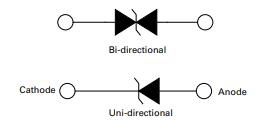
SMAJ180 Functional Block Diagram
SMAJ180 Package
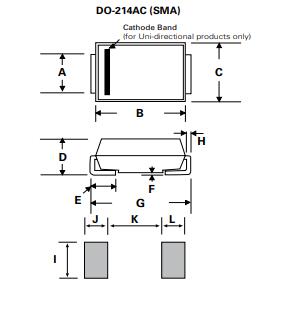
SMAJ180 Package
SMAJ180 Manufacturer
Littelfuse is an industrial technology manufacturing company empowering a sustainable, connected, and safer world. Across more than 15 countries, and with 12,000 global associates, we partner with customers to design and deliver innovative, reliable solutions.
Datasheet PDF
- PCN Assembly/Origin :
- Datasheets :
What is the SMAJ series and SMAJ180?
The SMAJ series is designed specifically to protect sensitive electronic equipment from voltage transients induced by lightning and other transient voltage events. And the SMAJ180 is from the SMAJ series.
What is the SMAJ18 Ideal?
It is ideal for the protection of I/O Interfaces, VCC bus and other vulnerable circuits used in Telecom, Computer, Industrial and Consumer electronic applications.
What is fast response time of the SMAJ180?
The fast response time is typically less than 1.0ps from 0 Volts to VBR min.
![BT151 Rectifier: Circuit, Pinout, and Datasheet [Video&FAQ]](https://res.utmel.com/Images/Article/72ba3500-06aa-4e9a-92ba-dbe18831aec2.png) BT151 Rectifier: Circuit, Pinout, and Datasheet [Video&FAQ]
BT151 Rectifier: Circuit, Pinout, and Datasheet [Video&FAQ]06 December 202118516
 STM32F446ZET6 Microcontroller: Features, Applications and Datasheet
STM32F446ZET6 Microcontroller: Features, Applications and Datasheet14 December 20231481
 25LC640 64K SPI Bus Serial EEPROM: Pinout, Equivalent and Datasheet
25LC640 64K SPI Bus Serial EEPROM: Pinout, Equivalent and Datasheet03 March 20222468
 Unveiling the Atmel SAM D21E / SAM D21G / SAM D21J Microcontroller
Unveiling the Atmel SAM D21E / SAM D21G / SAM D21J Microcontroller28 February 2024279
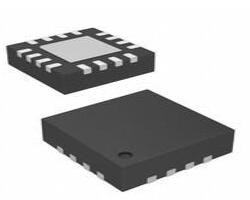 The Comprehensive Introduction to Si53306
The Comprehensive Introduction to Si5330616 June 20221173
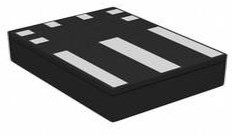 LMG5200 Half-Bridge Power Stage: Feature, Application, and Datasheet
LMG5200 Half-Bridge Power Stage: Feature, Application, and Datasheet16 June 20213318
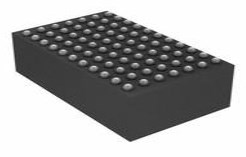 LTM4644IY DC/DC µModule Regulator: Circuit, Pinout, and Datasheet
LTM4644IY DC/DC µModule Regulator: Circuit, Pinout, and Datasheet11 February 20221866
 A Comprehensive Guide to LTKA01CN8#PBF Thermocouple Conditioner
A Comprehensive Guide to LTKA01CN8#PBF Thermocouple Conditioner06 March 202478
 What Is the Future of Brain-like Computing?
What Is the Future of Brain-like Computing?26 April 2022962
 Understanding UARTs: The Basics and Benefits of Serial Communication
Understanding UARTs: The Basics and Benefits of Serial Communication06 March 20231508
 What is 3D XPoint?
What is 3D XPoint?09 November 20213996
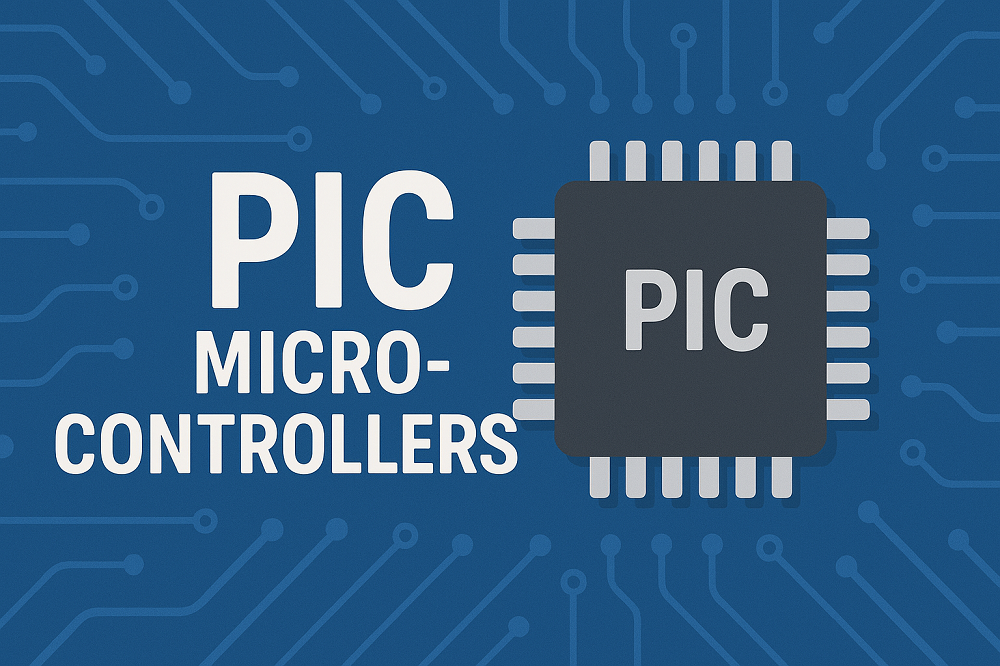 Introduction to PIC Microcontroller: Architecture, Features, and Applications
Introduction to PIC Microcontroller: Architecture, Features, and Applications08 April 20259060
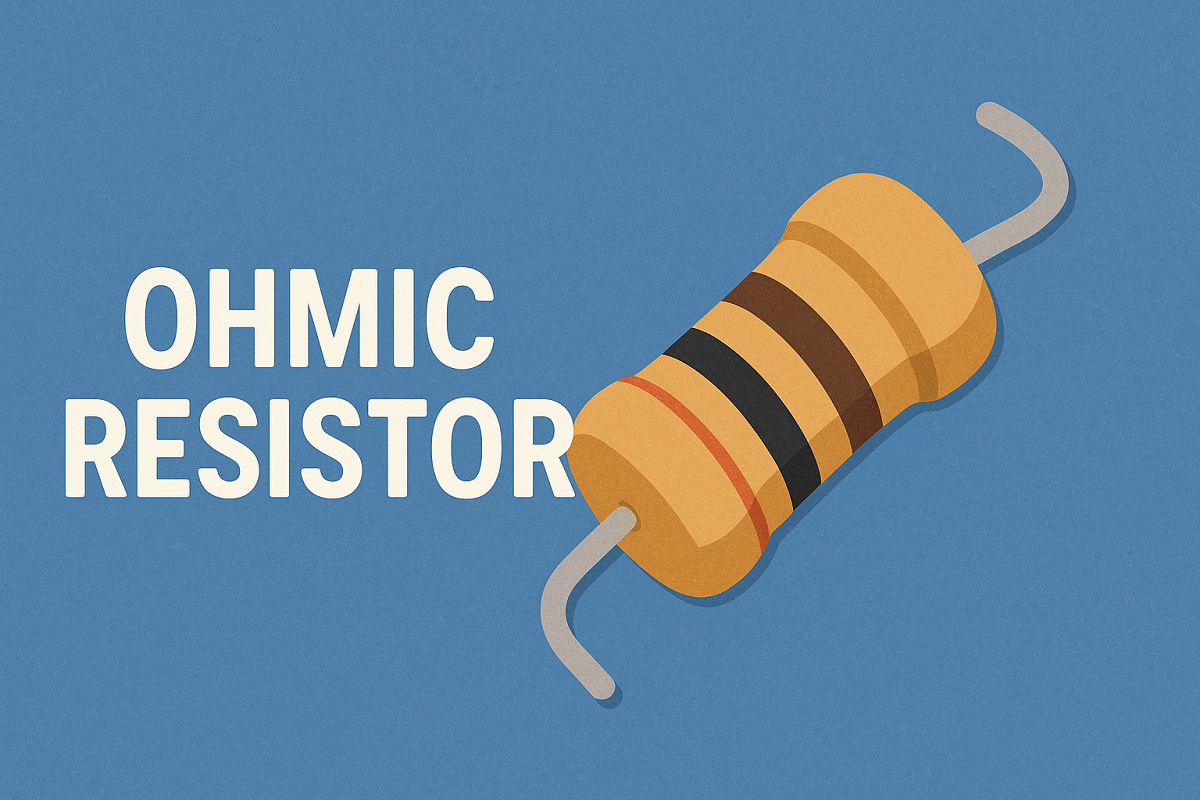 Ohmic Resistors: Differences, Laws, and Applications
Ohmic Resistors: Differences, Laws, and Applications06 August 20251913
 Modeling Wide Band-Gap Semiconductors for Enhanced Performance
Modeling Wide Band-Gap Semiconductors for Enhanced Performance31 January 20243154
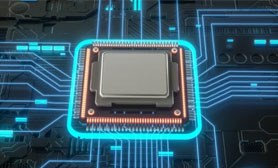 BB5 Series MCU: Features, Applications and Comparison
BB5 Series MCU: Features, Applications and Comparison19 November 20212583
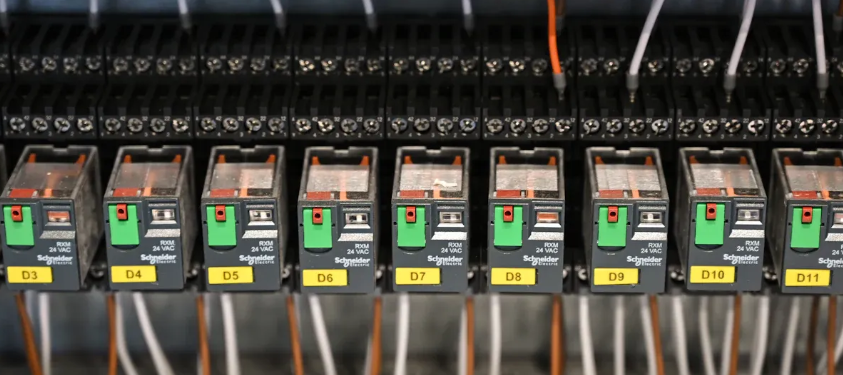 Wiring and Mounting Photoelectric Sensors in 2025
Wiring and Mounting Photoelectric Sensors in 202515 July 2025621
Littelfuse Inc.
In Stock
United States
China
Canada
Japan
Russia
Germany
United Kingdom
Singapore
Italy
Hong Kong(China)
Taiwan(China)
France
Korea
Mexico
Netherlands
Malaysia
Austria
Spain
Switzerland
Poland
Thailand
Vietnam
India
United Arab Emirates
Afghanistan
Åland Islands
Albania
Algeria
American Samoa
Andorra
Angola
Anguilla
Antigua & Barbuda
Argentina
Armenia
Aruba
Australia
Azerbaijan
Bahamas
Bahrain
Bangladesh
Barbados
Belarus
Belgium
Belize
Benin
Bermuda
Bhutan
Bolivia
Bonaire, Sint Eustatius and Saba
Bosnia & Herzegovina
Botswana
Brazil
British Indian Ocean Territory
British Virgin Islands
Brunei
Bulgaria
Burkina Faso
Burundi
Cabo Verde
Cambodia
Cameroon
Cayman Islands
Central African Republic
Chad
Chile
Christmas Island
Cocos (Keeling) Islands
Colombia
Comoros
Congo
Congo (DRC)
Cook Islands
Costa Rica
Côte d’Ivoire
Croatia
Cuba
Curaçao
Cyprus
Czechia
Denmark
Djibouti
Dominica
Dominican Republic
Ecuador
Egypt
El Salvador
Equatorial Guinea
Eritrea
Estonia
Eswatini
Ethiopia
Falkland Islands
Faroe Islands
Fiji
Finland
French Guiana
French Polynesia
Gabon
Gambia
Georgia
Ghana
Gibraltar
Greece
Greenland
Grenada
Guadeloupe
Guam
Guatemala
Guernsey
Guinea
Guinea-Bissau
Guyana
Haiti
Honduras
Hungary
Iceland
Indonesia
Iran
Iraq
Ireland
Isle of Man
Israel
Jamaica
Jersey
Jordan
Kazakhstan
Kenya
Kiribati
Kosovo
Kuwait
Kyrgyzstan
Laos
Latvia
Lebanon
Lesotho
Liberia
Libya
Liechtenstein
Lithuania
Luxembourg
Macao(China)
Madagascar
Malawi
Maldives
Mali
Malta
Marshall Islands
Martinique
Mauritania
Mauritius
Mayotte
Micronesia
Moldova
Monaco
Mongolia
Montenegro
Montserrat
Morocco
Mozambique
Myanmar
Namibia
Nauru
Nepal
New Caledonia
New Zealand
Nicaragua
Niger
Nigeria
Niue
Norfolk Island
North Korea
North Macedonia
Northern Mariana Islands
Norway
Oman
Pakistan
Palau
Palestinian Authority
Panama
Papua New Guinea
Paraguay
Peru
Philippines
Pitcairn Islands
Portugal
Puerto Rico
Qatar
Réunion
Romania
Rwanda
Samoa
San Marino
São Tomé & Príncipe
Saudi Arabia
Senegal
Serbia
Seychelles
Sierra Leone
Sint Maarten
Slovakia
Slovenia
Solomon Islands
Somalia
South Africa
South Sudan
Sri Lanka
St Helena, Ascension, Tristan da Cunha
St. Barthélemy
St. Kitts & Nevis
St. Lucia
St. Martin
St. Pierre & Miquelon
St. Vincent & Grenadines
Sudan
Suriname
Svalbard & Jan Mayen
Sweden
Syria
Tajikistan
Tanzania
Timor-Leste
Togo
Tokelau
Tonga
Trinidad & Tobago
Tunisia
Turkey
Turkmenistan
Turks & Caicos Islands
Tuvalu
U.S. Outlying Islands
U.S. Virgin Islands
Uganda
Ukraine
Uruguay
Uzbekistan
Vanuatu
Vatican City
Venezuela
Wallis & Futuna
Yemen
Zambia
Zimbabwe




















